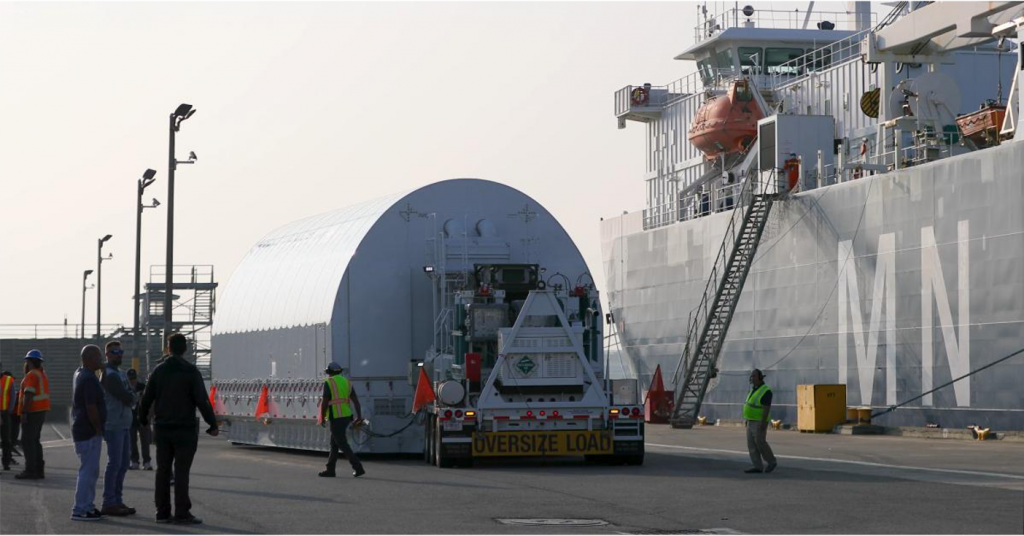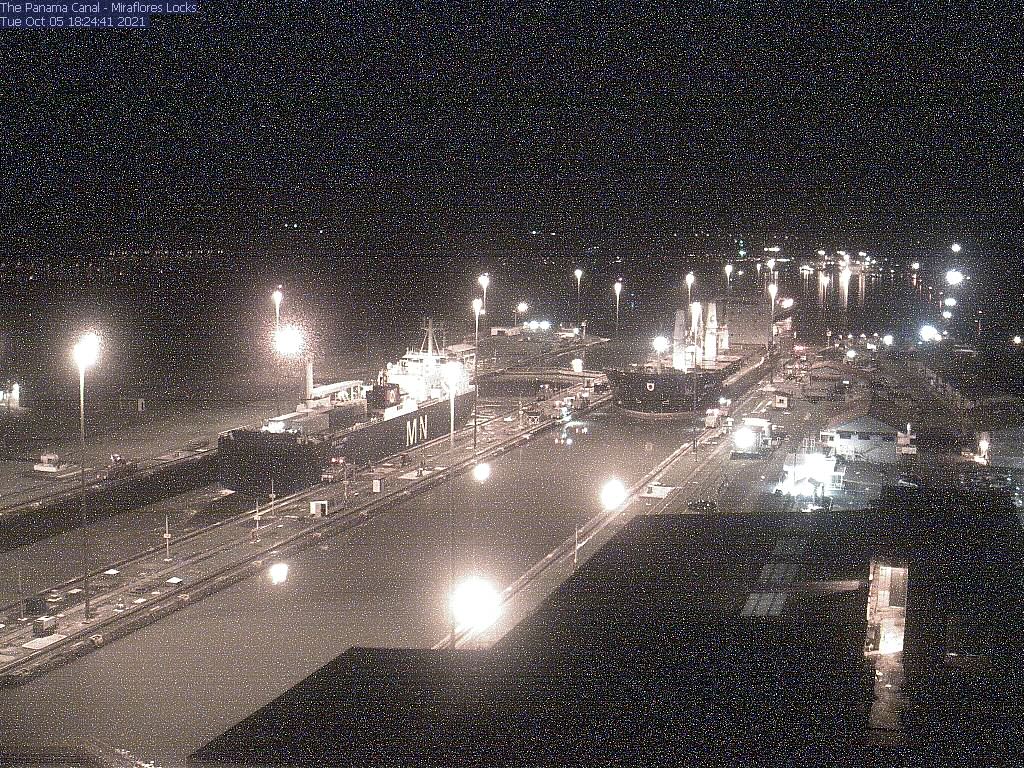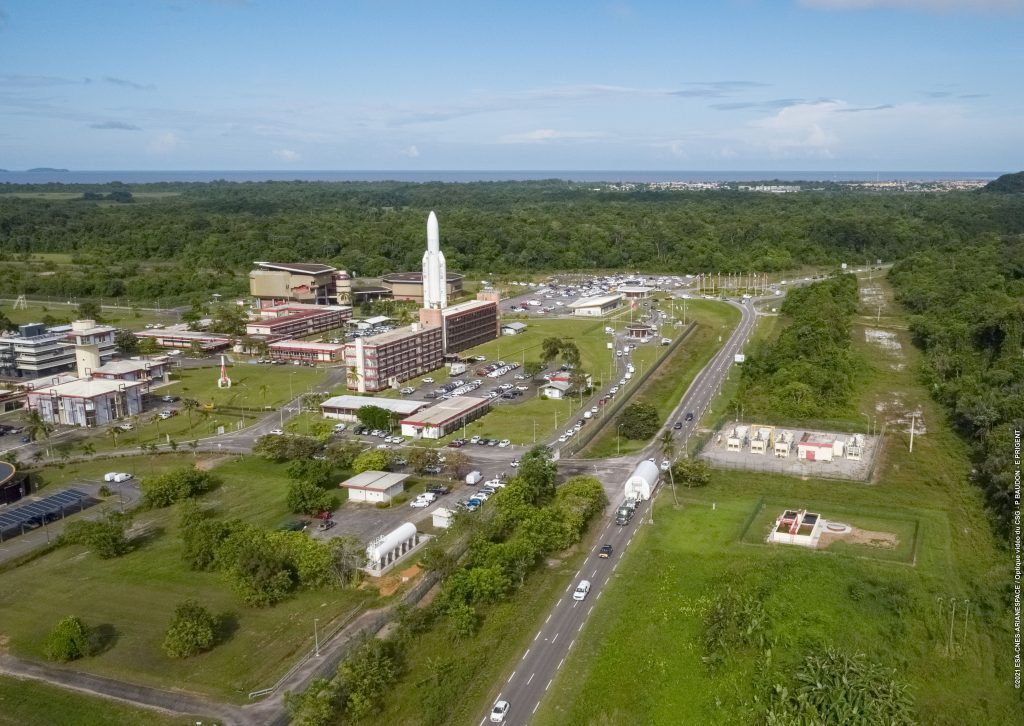Congratulations to Arianespace on last weekend’s launch of two communications satellites into geostationary transfer orbit aboard an Ariane 5. The launch pad is now cleared to receive Webb, which has arrived at Europe’s Spaceport in Kourou and has begun preparations for its December launch. To hear more about the journey to French Guiana, and the anticipated-yet-still-surprisingly-emotional reaction it has imparted, here is the mission’s deputy senior project scientist, Jonathan Gardner:
“As I watched the video of the Webb telescope being loaded into the hull of the MN Colibri ship and heading out to sea, I found myself almost in tears. I thought, ‘If I am feeling this emotional now, what will launch be like?’
“I’ve worked on the Webb project since 2002, almost 20 years. At the time that I was first walking my children to kindergarten, I helped to write down the science goals that were used to guide the design of Webb. Now, as my youngest child applies to college, I can read the proposals that were selected for the first year of Webb science. Some of the details have changed, but the themes are the same: distant galaxies, forming stars, and planets. The 13.8-billion-year journey from the primordial material of the big bang to planets with the building blocks of life.
“Webb is a product of the world, with cameras from Europe and Canada, and contributions from most U.S. states. The components of Webb have traveled before; the complex 15-stage journey of the mirrors is now complete. Or, almost complete; Webb still has to make the giant leap into space atop a massive Ariane 5 rocket.

“After finishing the decade-long assembly and testing process, Webb was packed into the STTARS transport container. With Webb nestled safe in its cushioned support structure and dry-nitrogen climate-controlled environment, the truck driver reached a maximum speed of 7 miles per hour on the middle-of-the-night journey from a Northrop Grumman clean room to the port at Seal Beach. Leaving on September 26, with Webb loaded into its cargo hold, the MN Colibri sailed along Baja California and reached the Panama Canal.

“Webb took 8 hours to traverse through 3 locks of the Canal and entered the Atlantic Ocean on October 6. After continuing around the South American coast, Webb arrived in Kourou on October 12, and was unloaded amid the palm trees and tropical birds of French Guiana.

“Webb has now moved into the Arianespace processing facility. After a few final electrical tests, insulation closeouts, and the critical spacecraft fueling, Webb will be lifted atop an Ariane 5 and launched. A year from now, my child will be starting college and exploring new environments, and so will Webb. Webb will be sending a flood of astronomical data back to Earth – helping us to understand the journey of the universe. Although sometimes there can be tears when one stage of a journey ends and another begins, we are all three ready for the future: my child, myself, and the Webb telescope.”
—Jonathan Gardner, Webb deputy senior project scientist
By Jonathan Gardner, Webb deputy senior project scientist, NASA’s Goddard Space Flight Center
And Alexandra Lockwood, project scientist for Webb science communications, Space Telescope Science Institute
